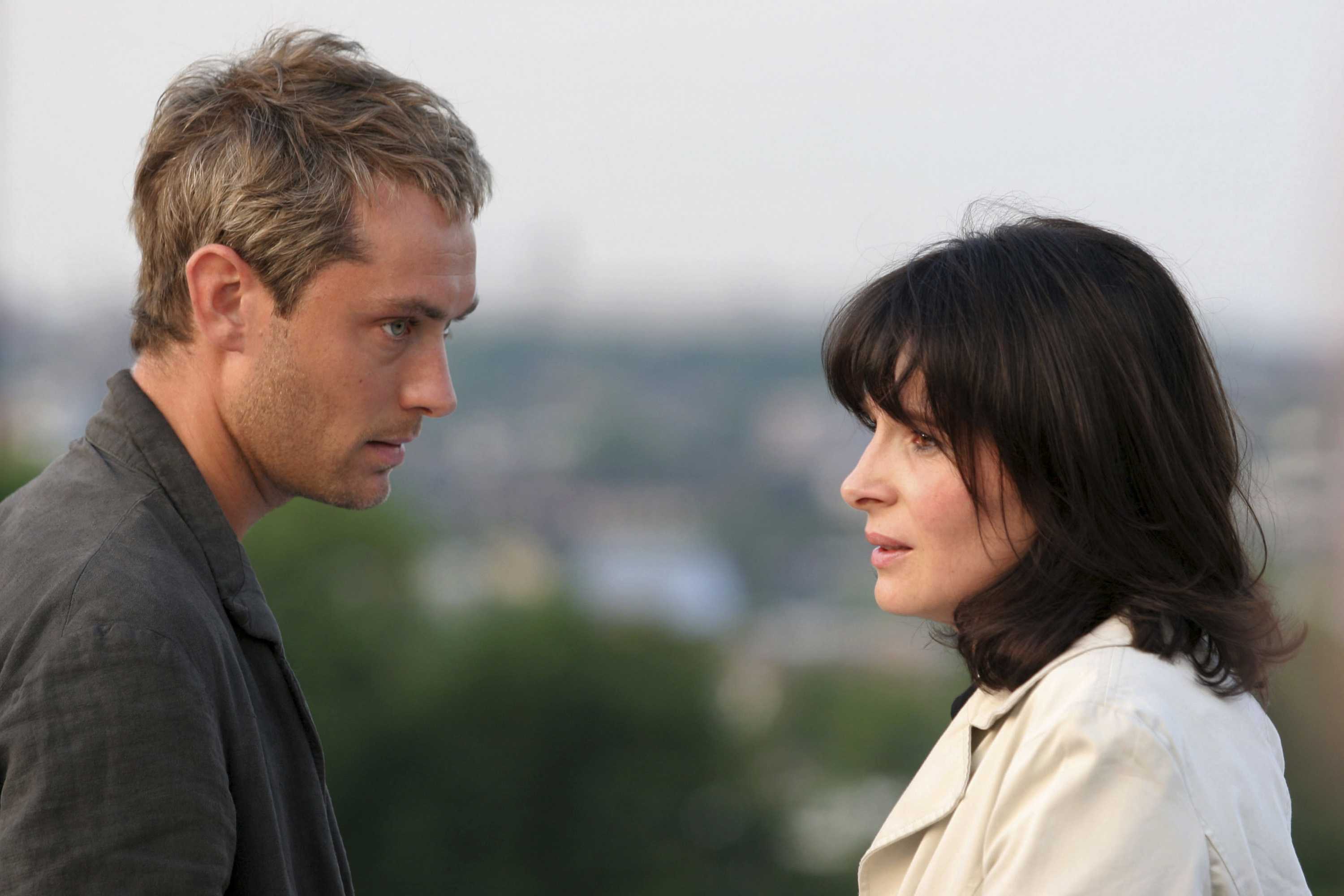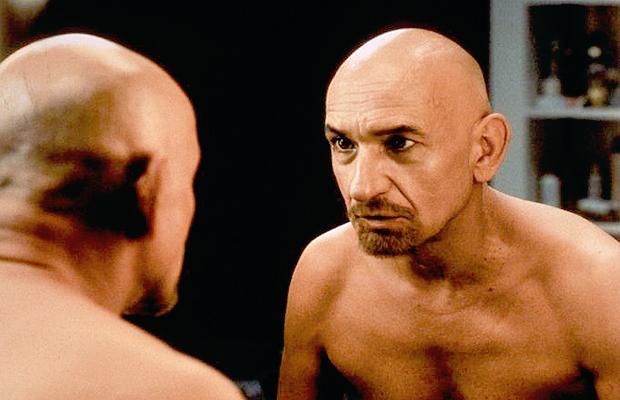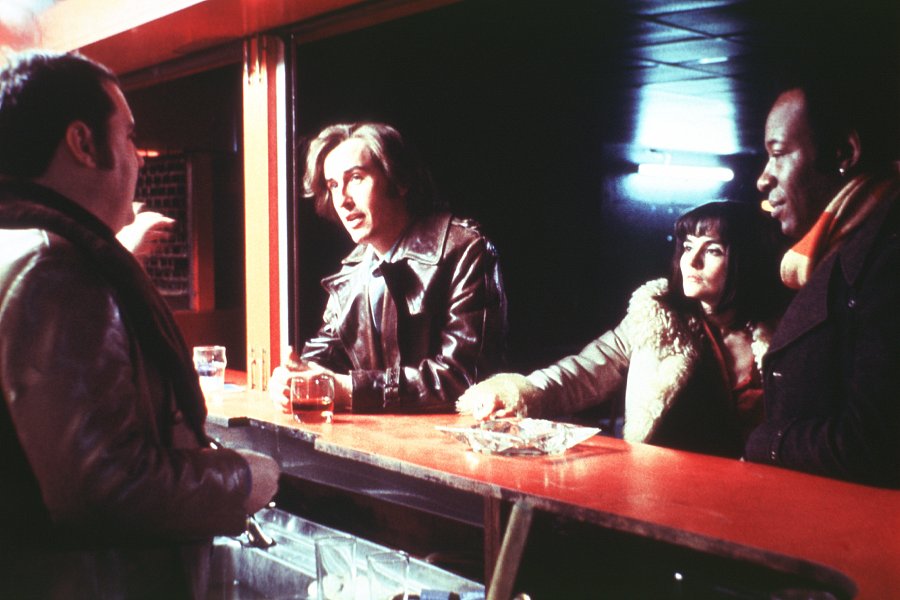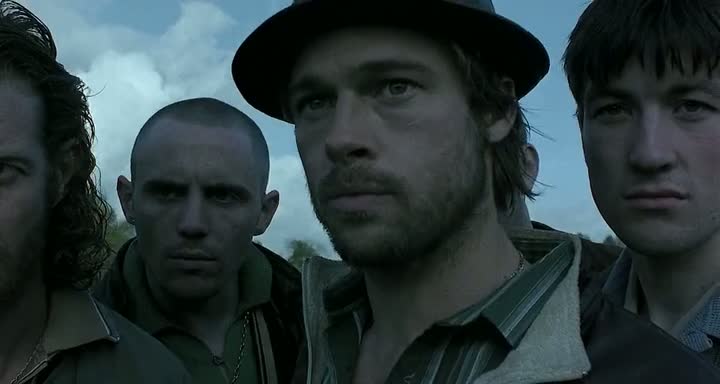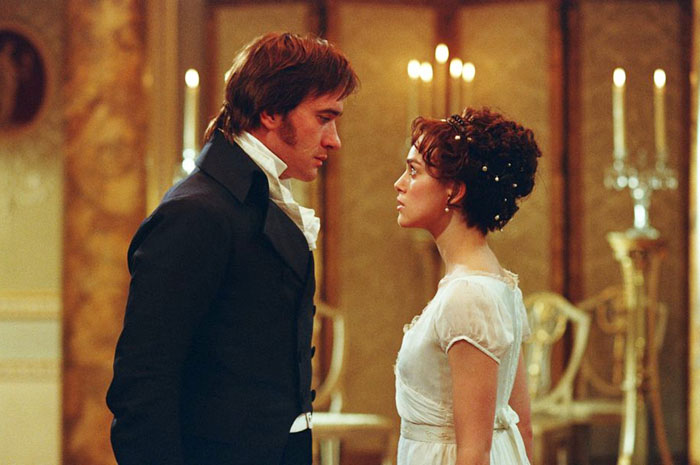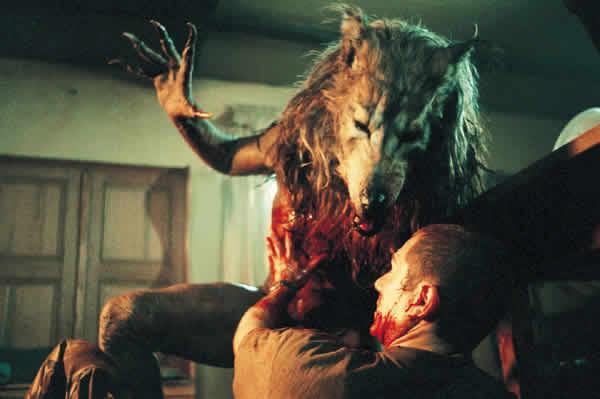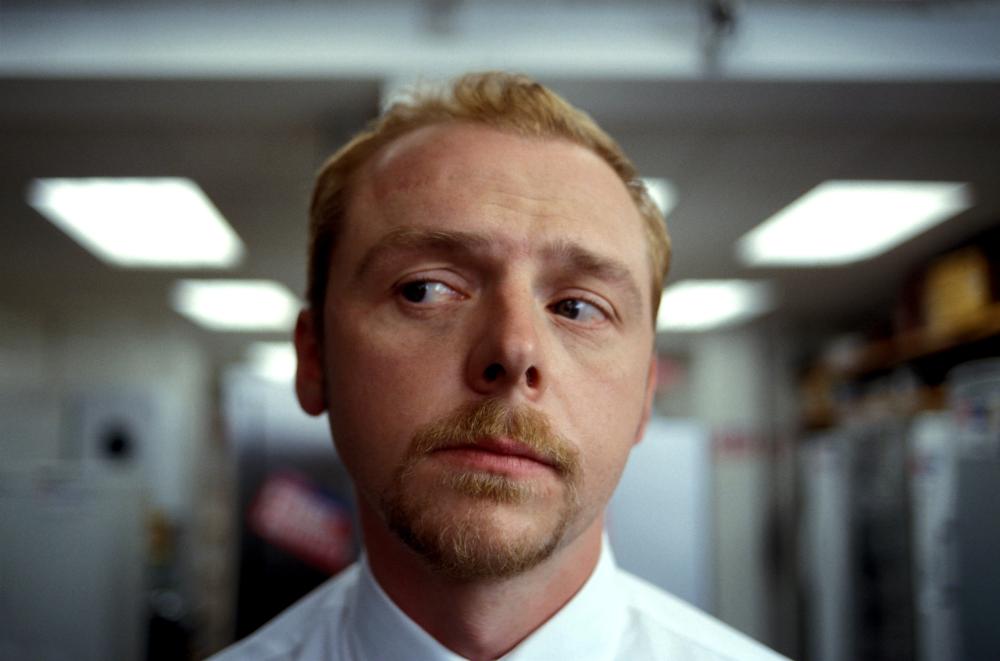
As the new millennium dawned, British Cinema was still benefitting from the ‘cool Britannia’ mood perpetuated by the various Curtis-like romantic comedies popularised in the latter half of the previous decade. The plus side of this was that there was now an eager audience made once again appreciative of British film production both past and present.
The 00’s are perhaps difficult to pinpoint but many of the films in this list have a tendency to play to their audience’s awareness of popular culture and film history. Some use their screen time to explore social issues or revaluate recent history, whilst others appear to question changing issues of national identity.
More cynically there is also the faint whiff of exploiting marketing opportunities – arguably brought about in no small part by the arrival of the DVD, its extras and its popularity on the revived home market. In many ways, the mainstream audience were being invited to go cult, British film makers were ready to cater for this. Here are 20 from the early 00’s worth your time and consideration.
20. Breaking and Entering (2006)
Written and directed by Anthony Mingella, this ‘romantic crime drama’ stars Jude Law , Juliette Binoche and Robin Wright-Penn. Architect Will Francis (Law) lives with his partner Liv (Wright-Penn) and her autistic daughter Bea. Bea’s behaviour is putting an increased strain on their relationship, they have begun relationship counselling but Will feels increasingly pushed out by the relationship between Liv and Bea (her biological daughter not his).
Workwise, Will has set up new offices with his business partner Sandy (Martin Freeman) – the offices are suffering from a spate of break ins. Staking out the premises one night, Will follows the thief back to his home discovering him to be a 15 year old Bosnian, Miro (Rafi Gavron) refugee living with his mother Amira (Binoche).
Will takes pity on them and does not go to the police, he does however become increasingly drawn toward Amira. Largely panned by critics upon release, this reaction was a little unfair for a watchable film which goes someway to portray the social division of wealth in a modern Britain.
The film also features the issue of wealth immigration – Liv is a Swedish American living in London, and the prostitute Will frequently encounters is Eastern European – but perhaps fails to pass any real comment and becomes a slightly dull romantic drama.
Breaking and Entering marked Mingella’s first original screenplay since 1991’s much praised Truly Madly Deeply, and came in the wake of consecutive critical successes such as the Talented Mr Ripley and the English Patient so possibly the film (which does have a rather less cinematic more TV drama feel to it) had high expectations to live up to.
19. Sexy Beast (2000)
Jonathan Glazer’s debut as a feature film director sees the tranquillity of ex-con Gary ‘Gal’ Dove’s (Ray Winstone) Spanish retirement with his wife Dee-Dee (Amanda Redman) shattered by the arrival Don Logan (Ben Kingsley), an old criminal associate who Gal to return to London to help with a bank heist.
Featuring a supporting cast including James Fox and Ian McShane, the film received most attention and award nominations for Kingsley’s fantastically high energy expletive performance as Logan – a character he said was based upon his grandmother and a far cry from the role that bought him recognition as Gandhi.
Exploring a world re-familiarised to audiences since Guy Ritchie’s Lock Stock, the film premiered at the Toronto Film festival in 2000 but wasn’t released until 2001, where it perhaps fell unlucky at awards ceremonies coming up against the first in Peter Jackson’s Lord of the Rings trilogy and Iris.
18. 24 Hour Party People (2002)
Directed by Michael Winterbottom with a script by Frank Cottrell-Boyce, this comedy-drama charts the Manchester music scene between 1976 and 1992 from Punk to Rave culture.
In particular, narrative follows the influence of Tony Wilson (played by Steve Coogan), the local T.V news reporter turned founder of Factory Records and the iconic Hacienda nightclub. A reoccurring notion with the film is the notion of why tell the truth if the myth is better, so those looking for hard fact should look elsewhere and as the boundaries between truth and urban myth are blurred to amusing extent – something echoed with the mix of archive and reshot footage.
With its sometimes quite specific references to even more specific incidents delivered with a documentary style ‘breaking of the fourth wall’, the film could be considered as one for the hardened music buff only. However, this style and Coogan’s reoccurring narration as Tony Wilson help to make the film a fun, raucous rock and roll journey that is accessible to anyone interested.
It is Coogan who like the real life Wilson, keeps proceedings together. In a further, perhaps inevitable twist of fate it was in fact Tony Wilson whom Coogan based his popular comedy character Alan Partridge on originally. Cottrell-Boyce has since found recognition as the writer for the 2012 Olympic opening ceremony.
17. Snatch (2000)
Guy Ritchie’s follow up to 1998’s Lock Stock and Two Smoking Barrels features several members of the same cast (Jason, Statham, Vinnie Jones & Alan Ford) and, as some critics at the time pointed out, much the same in terms of content and style.
The interwoven plot strands centre on a stolen diamond and the organisation of illegal boxing bouts, notably featuring Brad Pritt as Mickey an Irish Traveller and bare-knuckle boxing champion perhaps trading on his recent involvement in Fight Club (1999) but also in some way recalling his role in Kalifornia (1994).
To continual compare the film to Lock Stock is perhaps a little unfair, although there are obvious similarities as critics observed. Snatch however, feels faster paced, more enjoyable and more fun, perhaps aided by a more expansive and ‘colourful’ arena in terms of locations and sequences – Ritchie doubtless more confident with his formula (something still present in the current Sherlock Holmes films).
The film was reasonably well-received by both critics and audiences and it is fair to argue that had Lock Stock followed Snatch, the former may have fared far less well in the wake of the latter.
16. Pride and Prejudice (2005)
Directed by Joe Wright, this adaptation of the popular Jane Austen novel, his first feature film, was a conscious attempt to break free of the dominatingly colourful and popular BBC adaptation a decade earlier.
The plot follows Elizabeth Bennett (Keira Knightley) and the complicated romantic and social frustrations between her and Mr Darcy (Matthew McFadden). Wright was chosen because of his association with more the ‘socially real’ aspect of film making (his earlier BBC TV work on drama Nature Boy being a key example), this was combined with screenwriter Deborah Moggach’s script which aimed to keep as rigidly to the dialogue of the source material as possible but shifting the time period to slightly earlier to escape the ‘perfectly clean Regency world’.
With this grimy realist approach to the ‘heritage film’ in mind, the film goes someway to foreshadow Andrea Arnold’s approach to Wuthering Heights in 2011.
Furthermore, it has been suggested that, possibly owing to production company Working Title’s association with mainstream hits such as Bridget Jones’ Diary, the film marked the first in a new wave of heritage film crafted and marketed to a youth audience (a far cry from 1993’s Remains of the Day) – a view which could also be given a modern twist and taken to include Shane Meadows’ This is England as an example. Wright went on to direct adaptations of Atonement (2007) and Anna Karenina (2012) – both starring Keira Knighley.
15. Dog Soldiers (2002)
A cult hit directed by Neil Marshall. A platoon of soldiers are on what they perceive to be a training mission in a remote area of the Scottish Highlands. They discover the remains and the Captain of the SAS unit they are supposed to be training against, the Captain providing only cryptic clues as to what happened. Seeking refuge in a remote cottage, the soldiers are besieged by werewolves. As the plot progresses it is revealed that the platoon were the bait so that the SAS troops could capture a live werewolf.
With a fairly simple narrative and given the subject matter, Dog Soldiers could quite easily have been a cheap gore-fest. Thankfully, this is something that it definitely is not, the use of the landscape and bleak weather helps to create an overbearing sense of being ‘trapped’ for both characters and viewer alike.
Similarly, in tune with the werewolf costumes and effects, this use of landscape also ensures the film remains suitably tangible, the woodland, the cottage, the Land rover and the Army uniforms giving a very British feel to proceedings. Marshall followed this up with the more widely received The Decent in 2005 – with its group of female cavers, arguable something of a sister film to the rather male Dog Soldiers.
